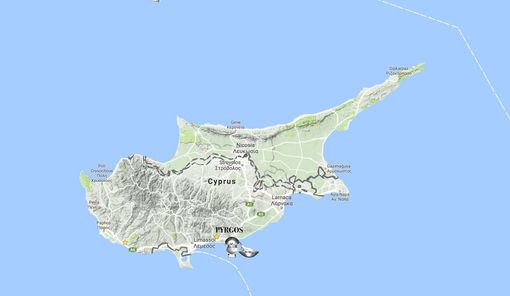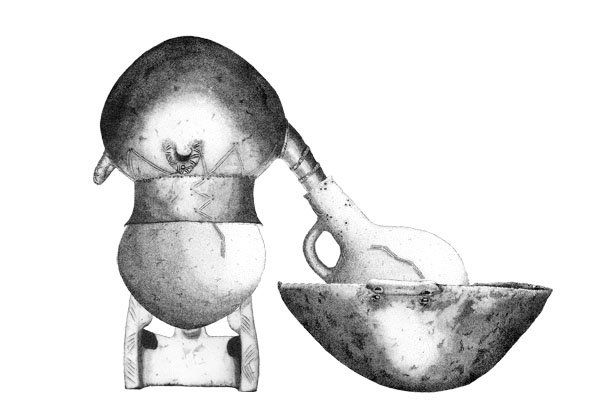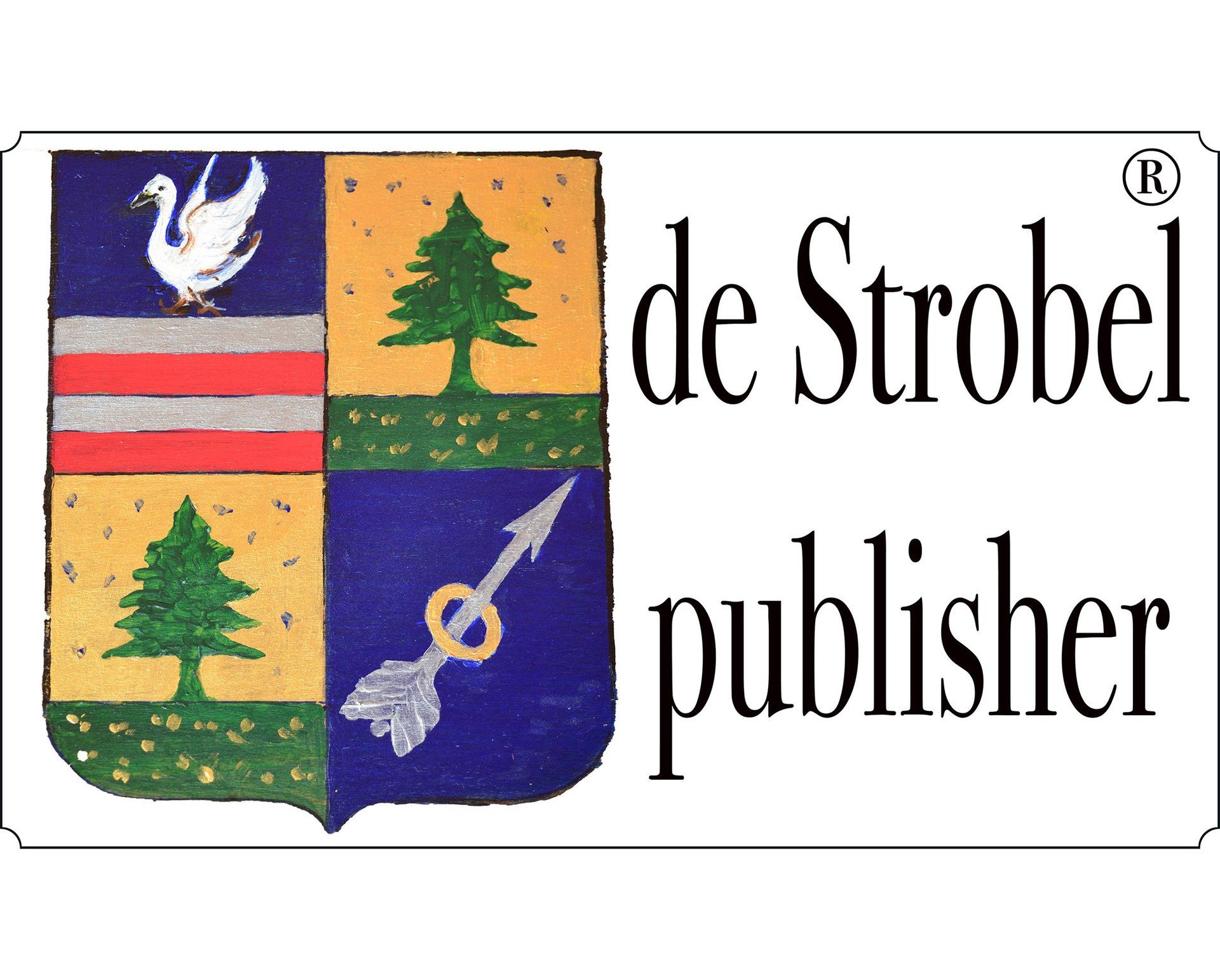
The site of Pyrgos constitutes one of the main centres of important entity for Cyprus prehistory for which the modernization and the deepening of the studies with innovative systems of digging and archaeometric investigations can supply important information about the history and the evolution of the prehistoric agricultural technologies, which determined and shaped the main characteristics of island cultural identity.
The knowledge of its cultural patrimony pushed the prehistoric Cypriote populations to elaborate complicate systems of memory conservation for their technological patrimony, through the use of iconographic symbols and to invent original systems of transmission of historical memory, we have evidence of this system in the famous "Pyrgos scenic vase" found by Pavlo Flourentzos, director of the Department of Antiquities of Cyprus, in a tomb of Pyrgos, which represent the entire process for making wine .
The comparison between these iconographic testimonies and information obtained throughout the analysis of the items contents and of the archaeological sediment traces a realistic picture of the environment and of the agricultural resources of time, over the various systems that have been used to take advantage of the agricultural and mining resources of the island.
In Pyrgos we have evidence of the agricultural revolution of the beginning of Bronze Age that modified the organization and transformation of the prehistoric Cypriote society, which was founded on the relationships and equilibrium between technology and organization of social life: holding primary needs, resources, economic exchanges, and the differentiation of the social and working classes.
From the very beginning of the archaeological investigations Pyrgos/Mavroraki was recognised as one of the most important metallurgical site of 2000 BC Cyprus.
The strategic position of the ancient village, between copper mineral resources and sea, at the confluence of a number of streams was ideal in the II millennium BC for metallurgical activities and trade. But today, after years of regular excavations, we know that the settlement possessed a very important industrial organisation of approximately 4000 sqm, for the processing not only of copper, but of olive oil, perfumes, medicines, textiles, colours and … wine.
The Pyrgos industrial centre is only partially excavated, and we don't know if it was organised with an administrative system, or if it belongs to a sort of royal palace or something else. And of course, it cannot be considered the mirror of the Bronze Age Cypriote life, because, most probably, we will not be able to identify in its remains all the prehistoric industries of the island in 2000 BC, even if they could be present. The industrial activities we brought to light are the most common in Mediterranean world. They deeply belong to the ethnographic tradition of almost all the people whose culture, in the last 4000 years, created a sort of Mediterranean common background, formed by different cultural identities.
The extraordinary "in situ" position of the structures destroyed by the earthquake, which caused the abandon of the site in the 1850 BC, gave us the opportunity to record many fragments of the Cypriote technological activity of the time. We realise that, the knowledge of the people was advanced, if compared with the idea and the evidence we had before the discovery of Pyrgos/Mavroraki of Cypriote 2000BC industries. This establishment testifies a rare labour organisation of a peculiar society system.
Thanks to the earthquake we have one of the most complete and ancient olive presses, the most ancient workshop of perfumes, the complete line of working copper, the most ancient textiles room organised around a central vertical loom and a wine room.
Many of the sophisticated methodologies used by the ITABCCNR to investigate the materials brought to light by the archaeologists are those normally used by scientific policy to find criminals. In our case the guilty are the remains of an industrial daily life of the 2000BC, hidden in the dust by the time, which is our most elusive criminal.

